Remote learning has become a crucial aspect of education, especially in today’s digital age. However, as students engage in virtual classrooms, the physical distractions surrounding them can significantly impact their focus and productivity. From noisy environments to cluttered study spaces, physical distractions create an obstacle that many learners must overcome to succeed.
Understanding how these distractions affect remote learning is vital for both students and educators, as it helps to devise strategies to enhance focus and foster better learning outcomes. In this article, we will explore how physical distractions play a role in remote education and offer tips to minimize their effects for a more effective learning experience.
How do physical distractions affect remote learning?
Physical distractions can significantly hinder remote learning by diverting attention away from the course material. Noisy environments, a cluttered space, or even the temptation of personal devices can cause students to lose focus, resulting in lower engagement and reduced academic performance. These distractions can make it challenging for students to maintain concentration, leading to missed content, incomplete assignments, or a lack of understanding. Strategies like creating a dedicated study space, minimizing distractions, and setting a clear routine can help students overcome these challenges.
The Impact of Physical Distractions on Remote Learning
Physical distractions are a significant challenge in remote learning, impacting a student’s ability to concentrate and stay engaged. One of the most common disruptions is noise levels. Whether it’s background chatter from family members, roommates, or external sounds like traffic, noise can break a student’s focus, making it difficult to absorb information effectively.
Another major distraction is cluttered study environments. A disorganized or messy space can create unnecessary stress and mental fatigue, further reducing focus and productivity. Keeping a tidy, organized space helps students stay on track and reduces cognitive overload.
Personal devices also play a massive role in distractions. Smartphones, gaming consoles, and televisions often tempt students to check social media, watch videos, or engage in other non-educational activities, taking valuable time away from learning.
Additionally, physical discomfort, such as sitting on uncomfortable furniture or facing distractions from pets or family members, can further hinder concentration.
These distractions, whether individually or in combination, can cause students to lose focus, leading to disengagement and poor academic performance. Recognizing the impact of these disruptions is crucial for students to take proactive steps, like organizing their workspace, limiting device usage, and creating a quiet study environment, to enhance their remote learning experience.
Identifying Common Physical Distractions in Remote Learning
Remote learning comes with its own set of challenges, and physical distractions are among the most common. These distractions can significantly impact a student’s ability to focus and absorb information.
Noise and External Sounds
One of the most significant challenges in remote learning is noise. Whether it’s the sounds of children playing, conversations in the background, or external noises like traffic, these distractions can make it difficult for students to concentrate. Even soft background noise can break focus, leading to a loss of productivity and reduced academic performance.
Personal Devices and Social Media
Another major distraction is the constant presence of personal devices. Smartphones, tablets, and computers often come with notifications that pull students away from their work. The temptation to check social media, respond to messages, or engage in other non-educational activities can lead to significant time wasted and hinder learning efforts.
Clutter and Disorganization
A cluttered and disorganized study space can also hinder focus. When students work in a messy environment, it creates mental clutter, which can distract them from their studies. Having an organized and tidy workspace is essential for creating an environment that supports concentration and reduces distractions.
Family and Household Interruptions
For students in shared living spaces, interruptions from family members or housemates can be a constant challenge. Whether it’s casual conversations, household chores, or children needing attention, these disruptions can break a student’s concentration and make studying difficult, especially when a quiet environment is required for deep focus.
Reducing Physical Distractions in Remote Learning
In this section, we will explore practical strategies to minimize physical distractions and create a more focused learning environment.
- Establishing a Dedicated Study Area: A designated, quiet study space free from distractions is essential for maintaining focus. By having a specific area dedicated solely to learning, students can mentally prepare to engage with their work without the interference of everyday distractions.
- Using Noise-Canceling Headphones: For those dealing with noisy surroundings, noise-canceling headphones are a game-changer. These headphones can block out external noise, allowing students to concentrate better and fully immerse themselves in their lessons.
- Turning Off Notifications: Notifications from smartphones, social media apps, and other devices can be a significant distraction. Turning off these alerts during study sessions helps students stay on task and prevents the temptation to check their phones or get distracted by social media.
- Creating a Routine and Schedule: Establishing a consistent routine with structured learning and break times helps students stay disciplined and focused. A clear schedule helps avoid procrastination and ensures that study sessions remain productive.
- Engaging Family Support: Setting boundaries with family members or housemates is crucial for reducing interruptions. When everyone understands and respects study times, students are more likely to experience fewer distractions and stay focused.
By managing physical distractions effectively, the improvements in academic performance and overall well-being are Speechingly noticeable, leading to less stress and greater success in remote learning.
Psychological Impact of Distractions on Remote Learning
Physical distractions not only impact focus but also take a significant psychological toll on remote learners. Students who frequently struggle with distractions often experience heightened stress, frustration, and even anxiety. The continuous battle to maintain concentration amidst distractions can lead to burnout, making it harder to stay engaged with the material. Over time, this mental strain can cause a negative outlook on remote learning, further decreasing motivation and productivity.
This section explores how physical distractions contribute to these emotional and psychological challenges. The constant interruptions, whether from noise, clutter, or personal devices, can overwhelm students, leading to feelings of mental exhaustion. Creating a calm, quiet study environment can significantly alleviate these stresses, allowing students to perform better and feel more in control of their learning experience. A supportive atmosphere—both emotionally and physically—plays a vital role in helping students overcome these challenges and succeed in remote learning.
Practical Tips for Overcoming Physical Distractions
Remote learning often comes with numerous physical distractions, but there are effective strategies to help students stay focused and productive. Here are some practical tips to minimize distractions and create a more conducive learning environment.
- Creating a Structured Study Schedule: A well-organized study schedule is essential for staying on track. It helps students allocate specific times for learning, while also balancing study hours with breaks and leisure activities. Having a clear plan makes it easier to stay focused and prevents procrastination.
- Designating Specific Areas for Study: Setting up a designated study space can significantly improve focus. A quiet, organized area free from household distractions encourages students to mentally prepare for learning, leading to better concentration and productivity.
- Limiting Social Media Usage During Study Hours: Social media can be a significant distraction. Using apps that block social media or distracting websites during study time helps minimize the temptation to check notifications, allowing students to stay focused on their lessons.
- Taking Regular Breaks to Stay Energized: Taking short, regular breaks during study sessions is crucial to maintaining energy levels. Breaks help students recharge, preventing burnout and ensuring they stay refreshed and motivated throughout the day.
- Improving Workspace Ergonomics: A comfortable study environment is essential for focus. Ergonomic furniture and proper posture reduce physical discomfort, which can be a distraction in itself. A well-designed workspace supports both mental and physical well-being during study sessions.
Final Thoughts
In conclusion, physical distractions play a significant role in affecting remote learning. From noisy environments to the temptation of personal devices, these distractions can break focus, reduce engagement, and lead to poor academic performance. However, by understanding these distractions and implementing practical strategies to minimize them, students can improve their focus and make the most of their remote learning experience. By establishing dedicated study spaces, reducing external noise, and developing a structured routine, learners can create a conducive environment for learning and ensure they remain productive.
FAQ’s
How do noise distractions impact remote learning?
Noise distractions can significantly disrupt focus, causing students to lose attention and miss important content. Reducing noise through noise-canceling headphones or creating a quiet study environment can help alleviate this.
What is the effect of clutter on remote learning?
Cluttered environments can make it difficult for students to concentrate, leading to distractions and reduced cognitive performance. A tidy workspace promotes focus and minimizes distractions.
How can I limit distractions from my phone during remote learning?
Turning off notifications, using apps to block distracting websites, or keeping your phone in another room can help prevent distractions from affecting your learning.
How does family interaction affect remote learning?
Frequent interruptions from family members or housemates can disrupt focus during remote learning. Setting clear boundaries and communicating study hours with family can minimize these distractions.
What can I do to maintain focus in a shared living space?
Designating a quiet area for studying, using headphones to block out noise, and setting specific study times can help you stay focused and productive in a shared space.


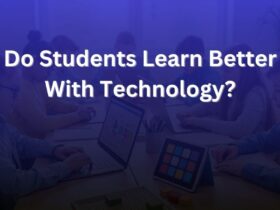


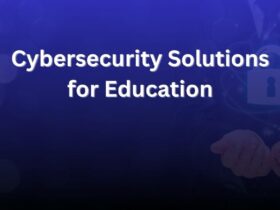
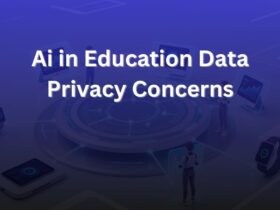
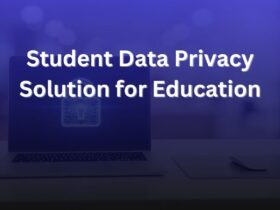


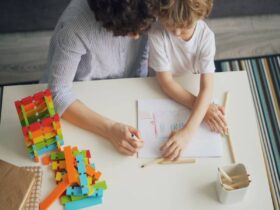
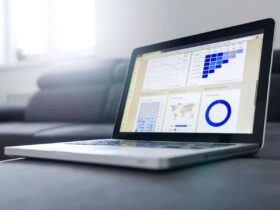
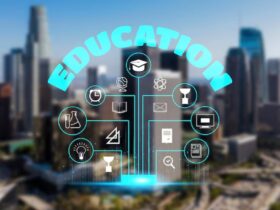

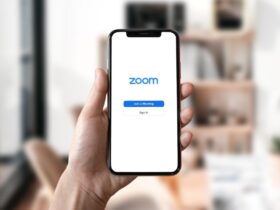
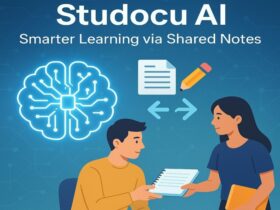


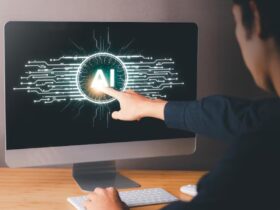








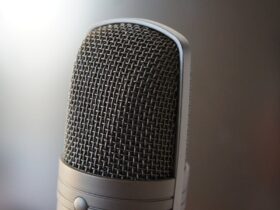








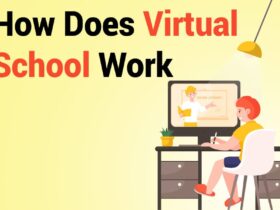
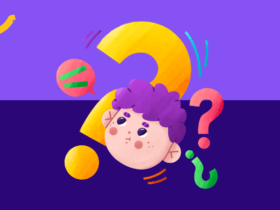


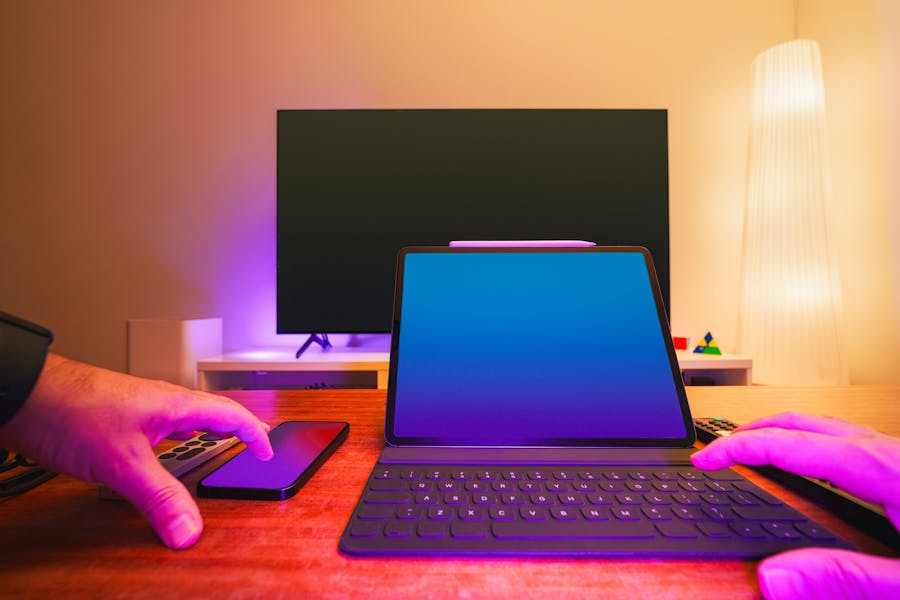



Leave a Reply